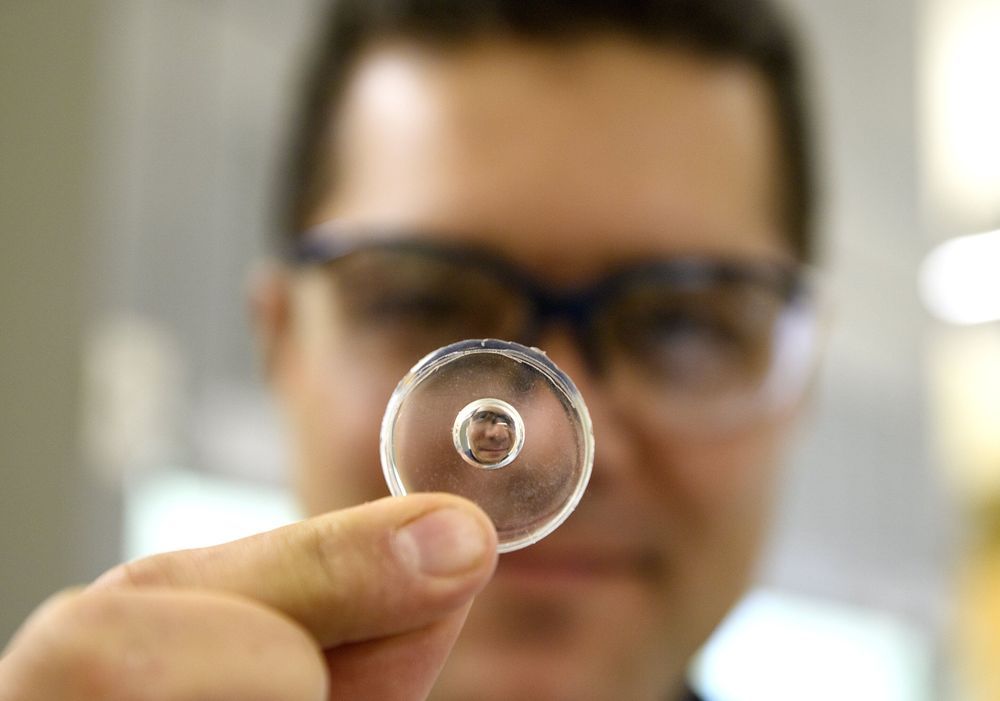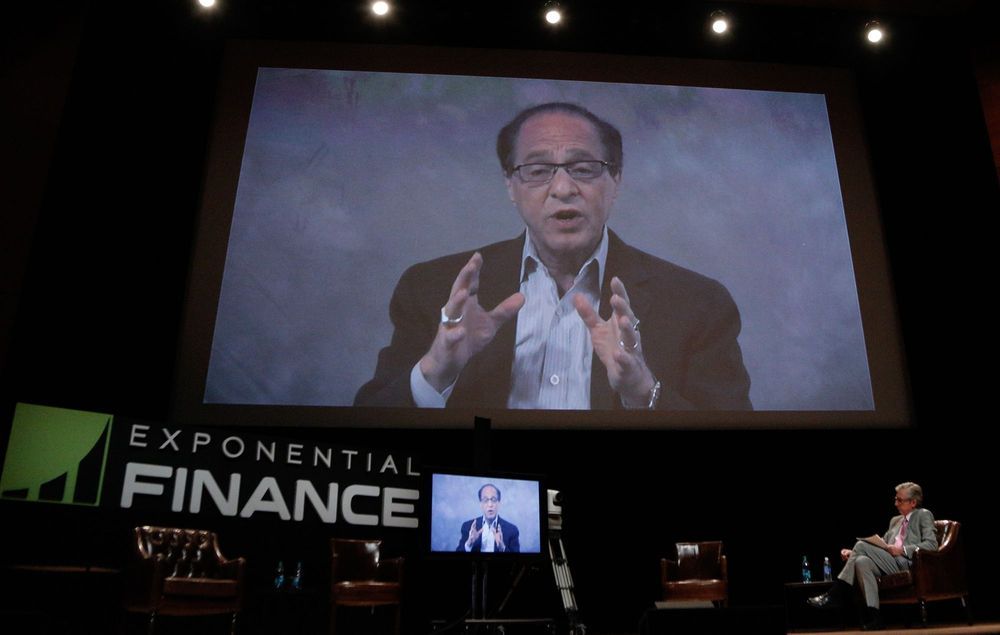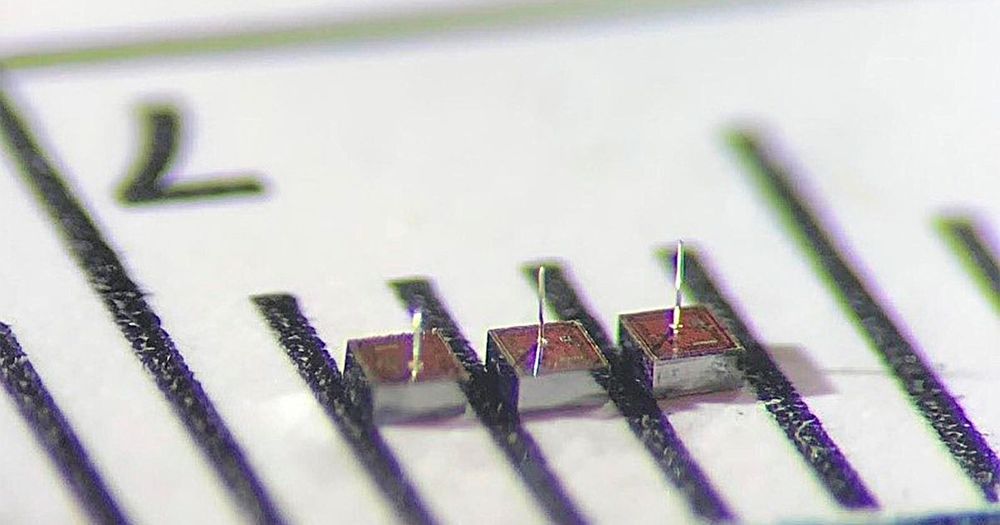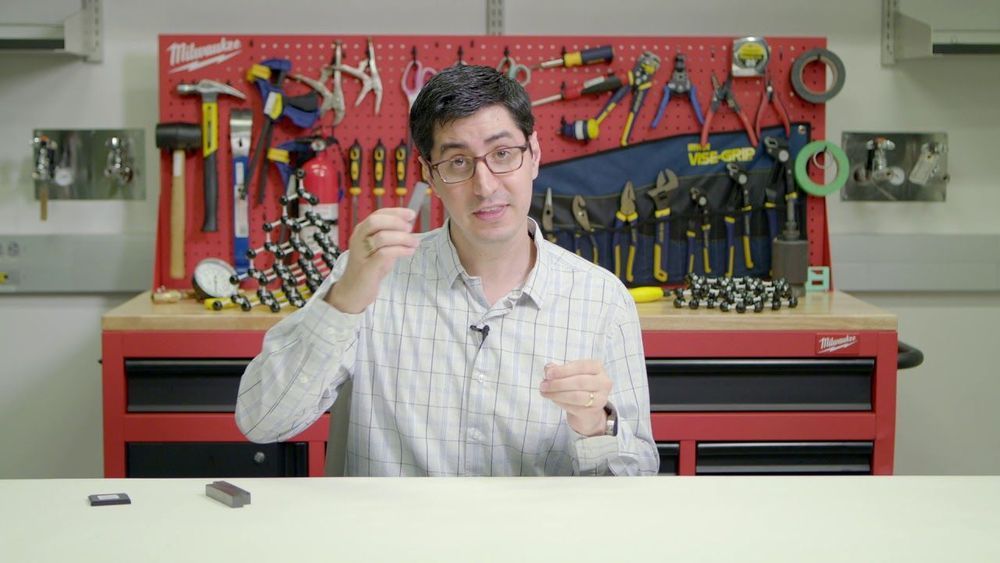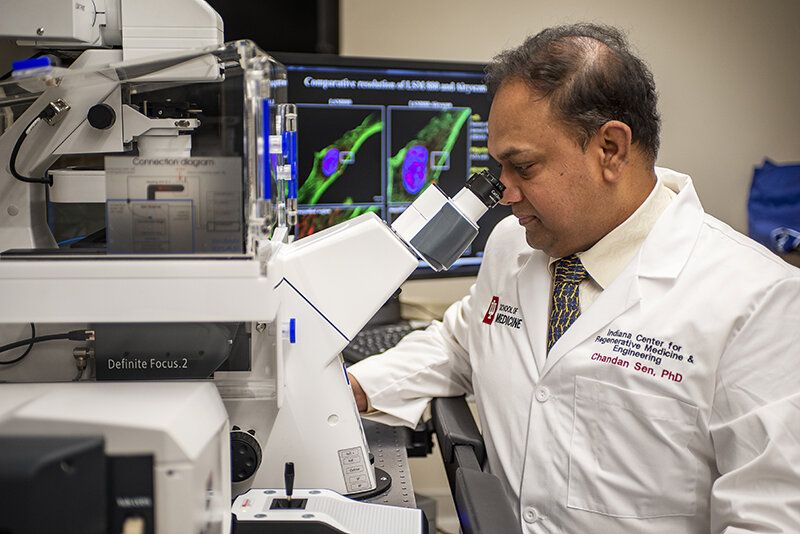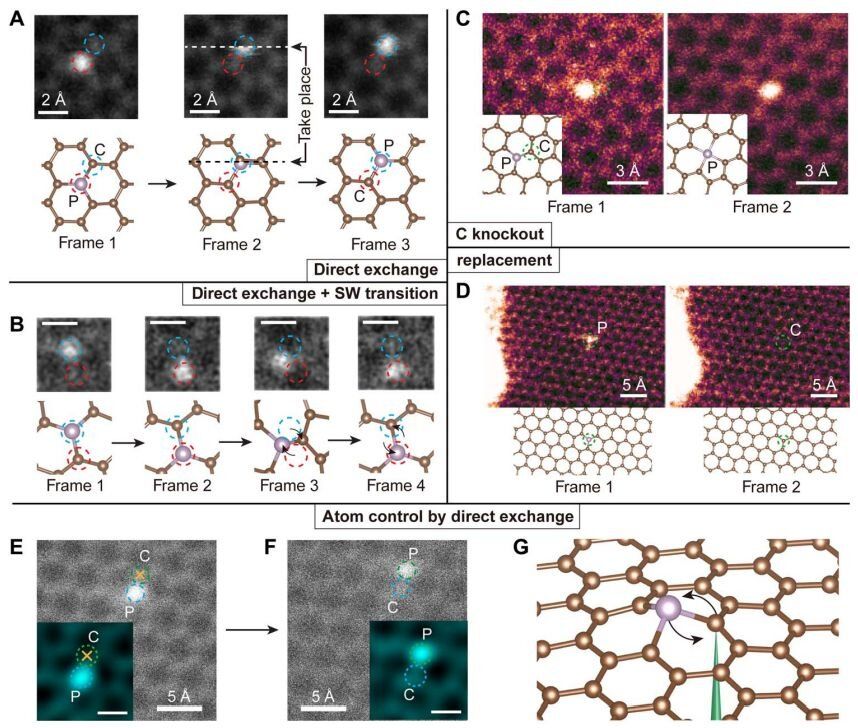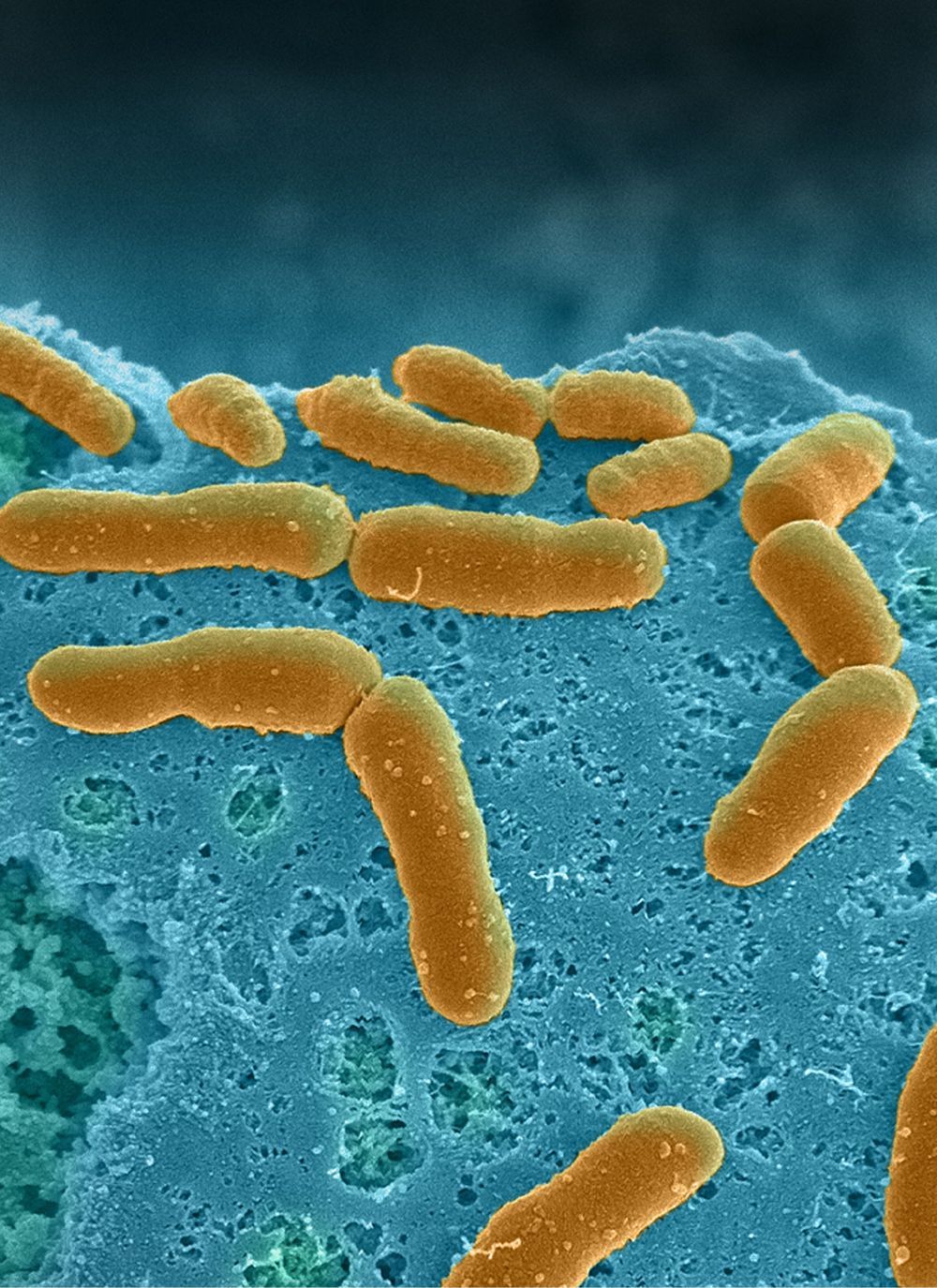May 21, 2019
‘Spidey senses’ could help autonomous machines see better
Posted by Quinn Sena in categories: drones, engineering, robotics/AI
What if drones and self-driving cars had the tingling “spidey senses” of Spider-Man?
They might actually detect and avoid objects better, says Andres Arrieta, an assistant professor of mechanical engineering at Purdue University, because they would process sensory information faster.
Better sensing capabilities would make it possible for drones to navigate in dangerous environments and for cars to prevent accidents caused by human error. Current state-of-the-art sensor technology doesn’t process data fast enough—but nature does.
Continue reading “‘Spidey senses’ could help autonomous machines see better” »

